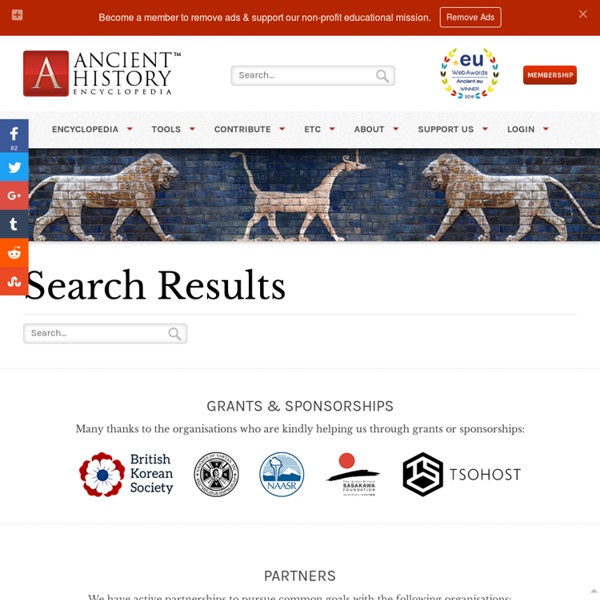



History for Kids: Aztecs, Maya, and Inca Back to History The three most dominant and advanced civilizations that developed in the Americas prior to the arrival of the Europeans were the Aztecs, the Maya, and the Inca. Map of Aztec, Mayan, and Incan Civilizations by Ducksters Aztecs The Aztec Empire was located in central Mexico. The capital city of the Aztec Empire was Tenochtitlan. The Aztec called their ruler the Tlatoani. Maya The Maya civilization began as early as 2000 BC and continued to have a strong presence in Mesoamerica for over 3000 years until the Spanish arrived in 1519 AD. The Maya were located in Central America in a region that is today made up of southern Mexico, the Yucatan Peninsula, Guatemala, Belize, and northern El Salvador. The Maya were the only American civilization to develop an advanced written language. Inca The Inca Empire was centered in Peru and ruled over much of the west coast of South America from the 1400s to the time of the Spanish arrival in 1532. ActivitiesCrossword PuzzleWord Search
Aztecs | The Ancient Aztecs | Aztec Civilisation The ancient Aztecs were a civilization based in what was Mesoamerica and were one of the dominant groups of the jungle based area in the Gulf of Mexico. The Aztec people were highly religious folks, their myths and legends were an important part of their life, their gods, of which they had many dictated a large part of their life. Equally important to the Aztecs and tied into their religious practises were their calenders, of which they had two. The two calenders had different purposes but both were as important as the other. Situated in the gulf of Mexico, mesoamerica, the home of the Aztecs was a warm, sticky and dense jungle area, that afforded the Aztecs plenty of raw materials and fresh water. The Aztecs were as we mentioned many things, they were fathers, mothers, children, warriors, traders and farmers. Aztec Architecture Aztec Calender The Aztecs had not one but two calenders, a year calender and a ritual calender that would mark the major religious festivals of the year.
Aztec Facts For Kids | Aztec History For Kids | DK Find Out Aztec beliefs › The Aztecs believed in many gods, but mainly worshipped the Sun god. They performed human sacrifices in order to keep the gods happy. Aztec beliefs › End of the Aztec Empire › Spanish invaders arrived in Tenochtitlán in 1519. End of the Aztec Empire › Tenochtitlán › The city of Tenochtitlán was built on an island in Lake Texcoco. Tenochtitlán › Aztec art and craft › Aztec craftsmen were very skilled stoneworkers, and were good at carving stone figures and objects. Aztec art and craft › What did the Maya, Aztecs, and Incas eat? Maize (corn) was the central food in their diet, along with vegetables such as beans and squashes. What did the Maya, Aztecs, and Incas eat? The Aztec Empire › Warfare was important to Aztec society. The Aztec Empire › The Aztec calendar › The Aztecs placed a lot of importance on the Sun god. The Aztec calendar › Hunting and fishing › Hunting and fishing were important activities in Aztec society. Hunting and fishing › Aztec warrior › The Aztec warrior ›
BBC Bitesize - KS2 History - Where did the Aztec people come from? BBC Bitesize - KS2 History - The end of the Aztec Empire BBC Bitesize - KS2 History - Introduction to the Aztec Empire BBC Bitesize - KS2 History - How did people live in Aztec times? BBC Bitesize - KS2 History - Cortes reaches the Aztec Empire BBC Bitesize - KS2 History - Aztec warriors of Mexico - Mexico People Citizens of Mexico highly value their nation, independence and community. Their culture is a composite of influences handed down by countless civilizations. From the early Mesoamerican civilizations to the diverse populations that live there today, Mexico’s citizens have remained proud of their heritage and their country. Many rural communities maintain strong allegiances to regions, often referred to as patrias chicas (small homelands). Family remains among the most important elements in Mexican society, both in private and public life. Languages The majority of the Mexican population speaks Spanish, the official national language. Religion Catholicism has become the dominant Mexican religion since first being introduced during Spanish colonization in the 16th century. The Basílica of Guadalupe, built between the 16th and 18th centuries to honor Mexico’s patron saint, is located in Mexico City. On December 12, El Día de la Virgen De Guadalupe, Mexico honors its patron saint.